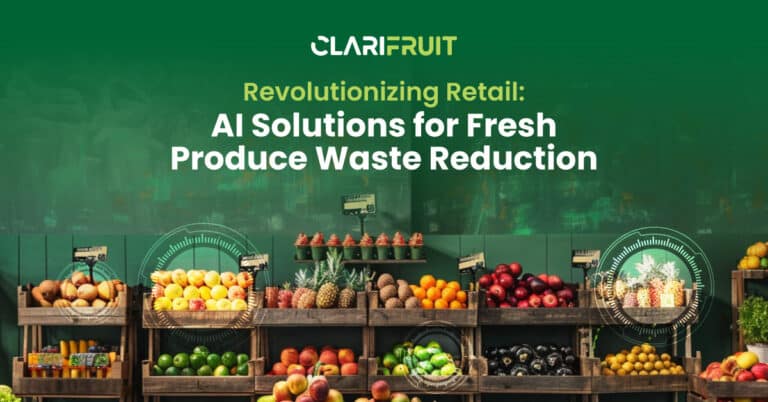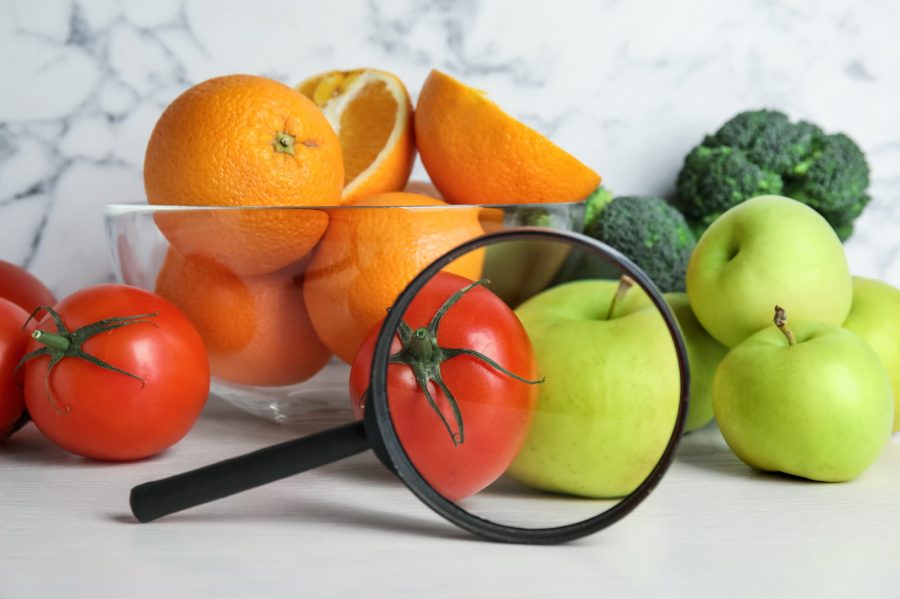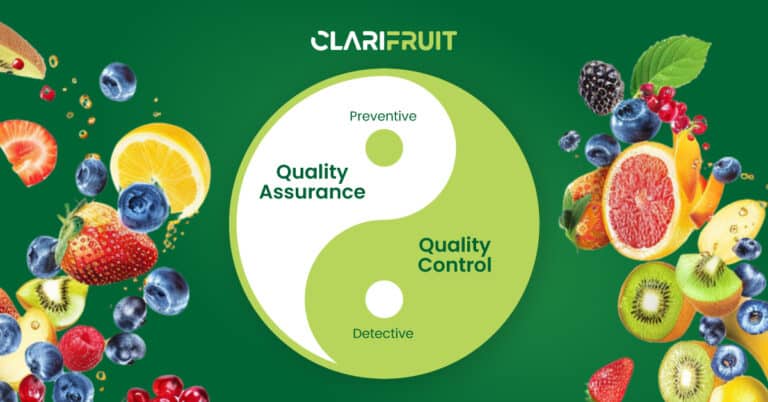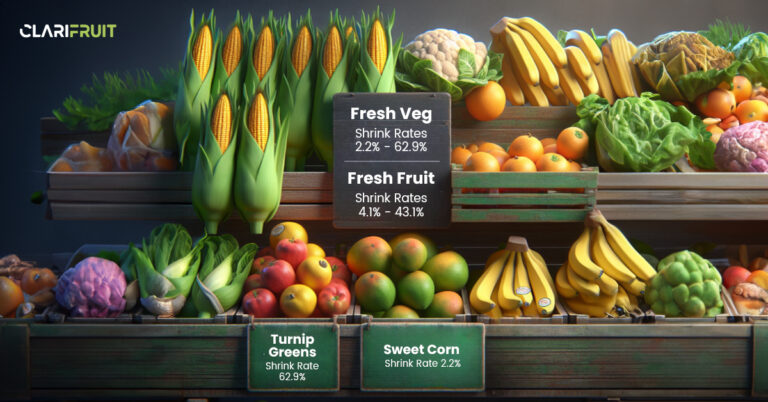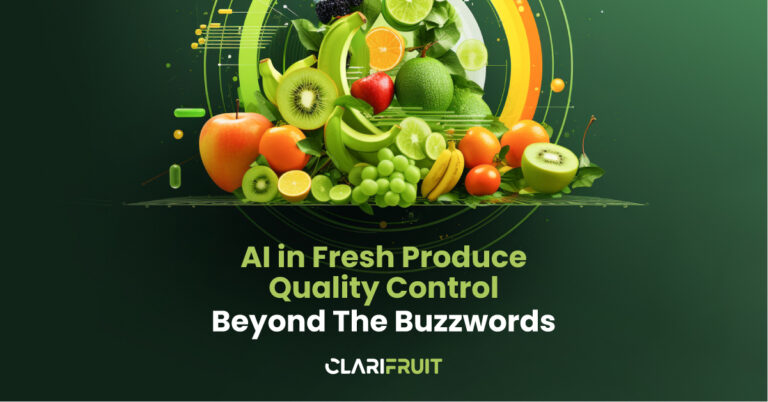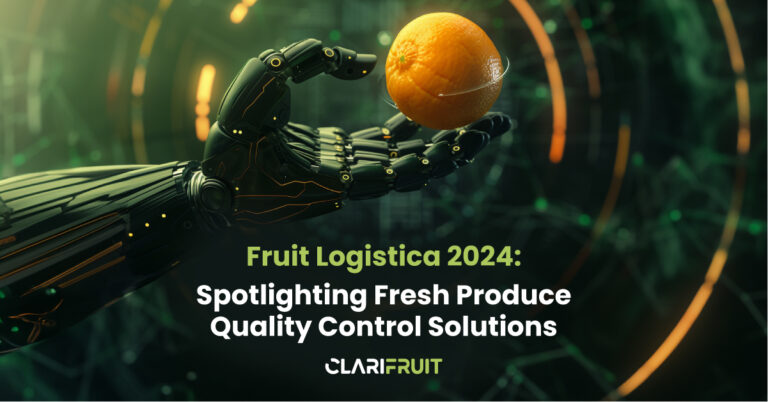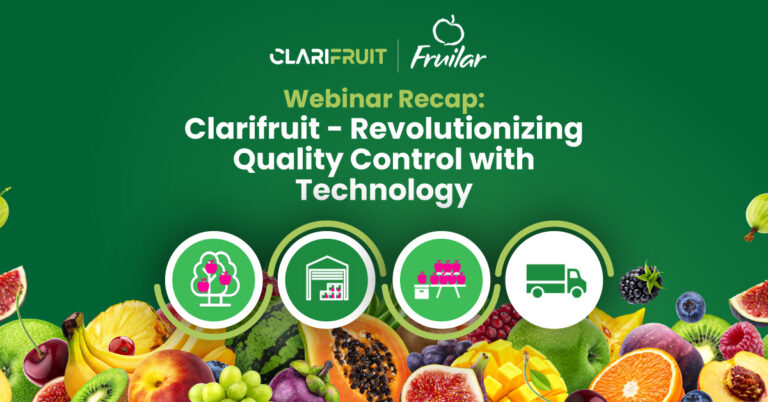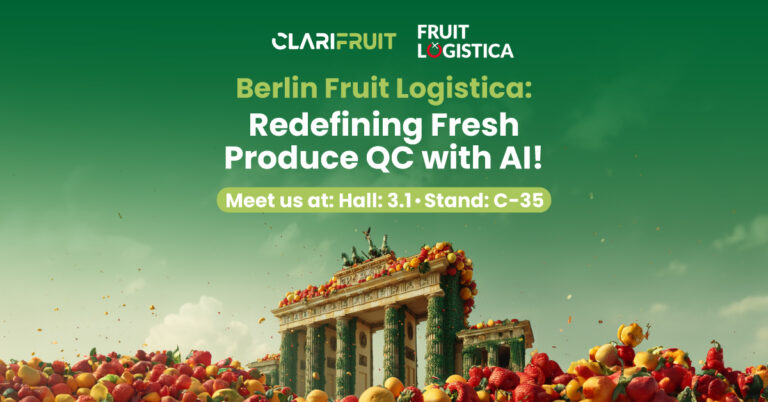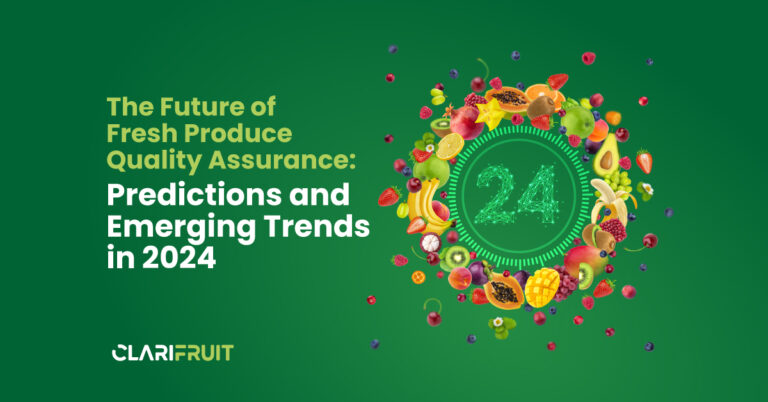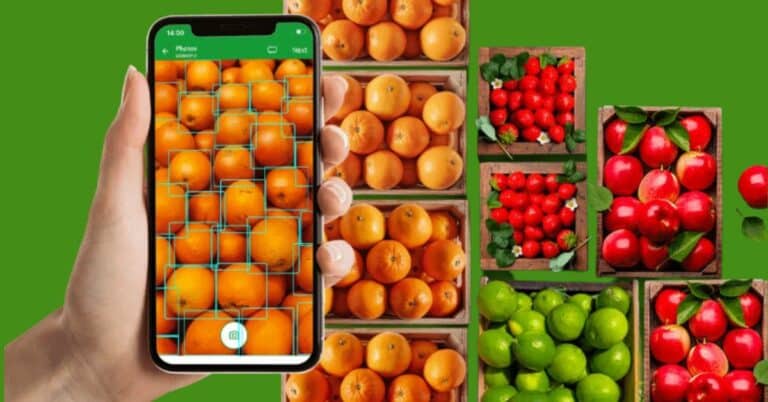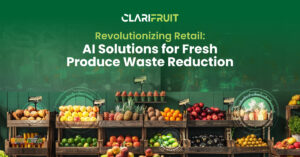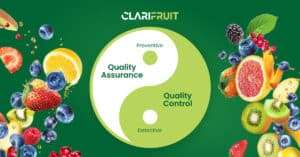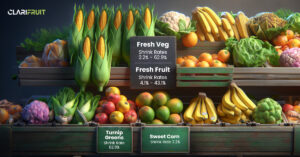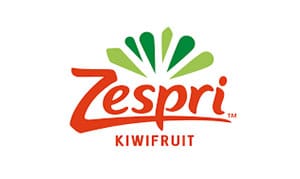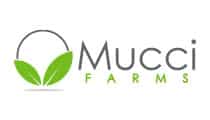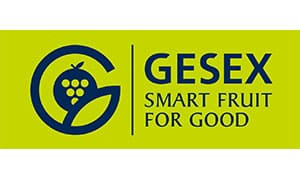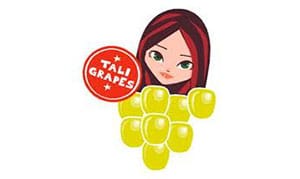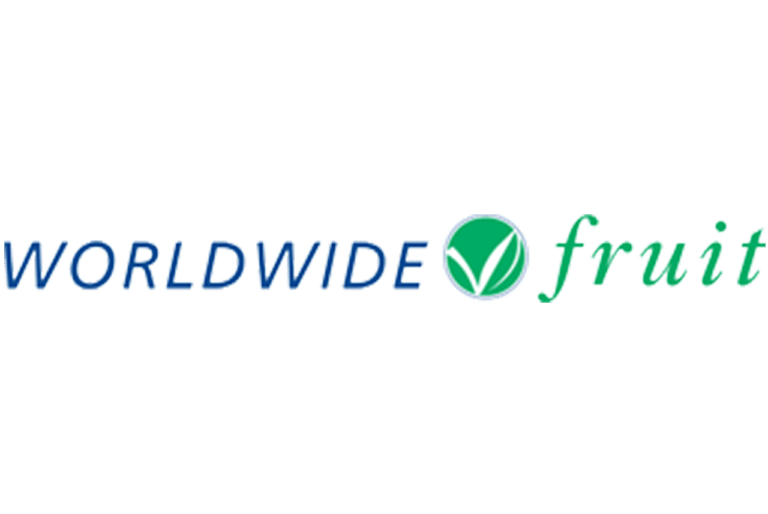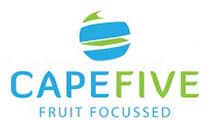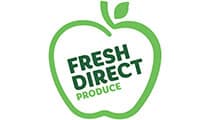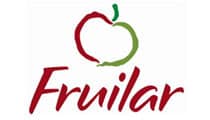Agriculture and farming are believed to be the world’s oldest professions, but are your fresh produce quality control processes still living in the stone age? We take a look at the traditional methods still in place for some of the largest companies in the world, and how innovators are using the latest technologies to digitize and modernize to reduce waste and drive up revenues.
At the point of inspection – put your pen and paper away
Long before automation and digitization, inspectors created manual tools to measure the quality control of fresh produce. Color charts, sizing rings, rules, calipers and micrometers are all still used widely to ascertain the standard and quality of produce, which is then given a rating from A-D. This information is usually written down with a pen and paper at the moment of inspection, and then regularly inputted into systems of record, whether that’s a physical filing cabinet, or the digital equivalent – an Excel file on local systems.
These processes are incredibly limited. First, they are heavily subjective, as if you get two people in a room there is no guarantee they will agree about the color of a single tangerine, let alone a whole shipment. In addition, across different cultures, what qualifies as an A-level bunch of table grapes might be vastly different, with certain having lower tolerance for discoloration or cosmetic defects.
Next, there is no evidence to support the inspectors claim, so weeks or months later when the shipment arrives at the buyer’s door, there’s no way to prove the quality check was accurate, and no visibility into where any changes may have occurred. All sellers can do is hope for the best.
The impact of rejections – even worse than at high school dances
No-one likes rejection, but for growers, marketing companies and distribution centers, rejection can take a huge toll on profit and business continuity. When a shipment arrives at the buyer and is rejected, this results in far more than just the potential loss of the produce itself. It also results in wasted time, damaged relationships with the vendor, hours of employee time down the drain, not to mention the repackaging and shipment costs themselves. Altogether this could be hundreds of thousands of dollars.
Traditionally, a rejection was also a black box. Companies couldn’t investigate the cause of the rejection because they only used manual tools and processes to ascertain the quality of the produce to begin with. Instead, they relied on assumptions, which made it impossible to learn for next time.
The Clarifruit difference – computer vision technology and a cloud-based platform
The new generation of tools takes the oldest industry in the world and makes it smart and digitized for the first time. Clarifruit uses computer vision technology from a simple mobile app so that QC inspectors can take the subjectivity out of their work altogether.
By scanning the produce directly from the app, they not only save time (2 minutes per inspection instead of 7-10 minutes) but they can also ensure that all of the information on each shipment is automatically centralized with standardized ratings. This lowers the chance and impact of rejection in the following three ways:
- We generate a common language around fresh produce between different cultures, countries and continents. We have created an international standard for quality evaluation that is based on objective AI and computer vision technology, and it can be used anywhere across the supply chain and in the world. This helps you to quite literally speak the same language as your customers, ensuring buyers and sellers are on the same page.
- We provide evidence to support inspector decisions. At each inspection point, buyers can physically see from the app what shipments look like, and make a personal decision on whether to buy the produce or not. This adds visibility and transparency to the process, and stops last mile rejections, where fruits and vegetables are rejected at the final hurdle.
- We track the root cause of rejections. Rejection is a part of life, and it’s also a part of working in agriculture. We can’t eliminate rejections altogether, but when it occurs – Clarifruit gives you the tools to delve into the reason why. By tracking the data of your shipment at each stage, you can work on your business model and use the data to fix mistakes and make smart changes.
It’s your data – you should be able to use it
The Clarifruit mobile app is just step one. All of the data that is collected by inspectors is centralized into a single management platform, the Clarifruit web app dashboard. From here, QC managers can search from anywhere in the world, track shipments and supply, and digest and understand the data that they are collecting, both historically and in real-time, adding business intelligence to decision making and strategy. Let’s see your filing cabinet do that, eh?
